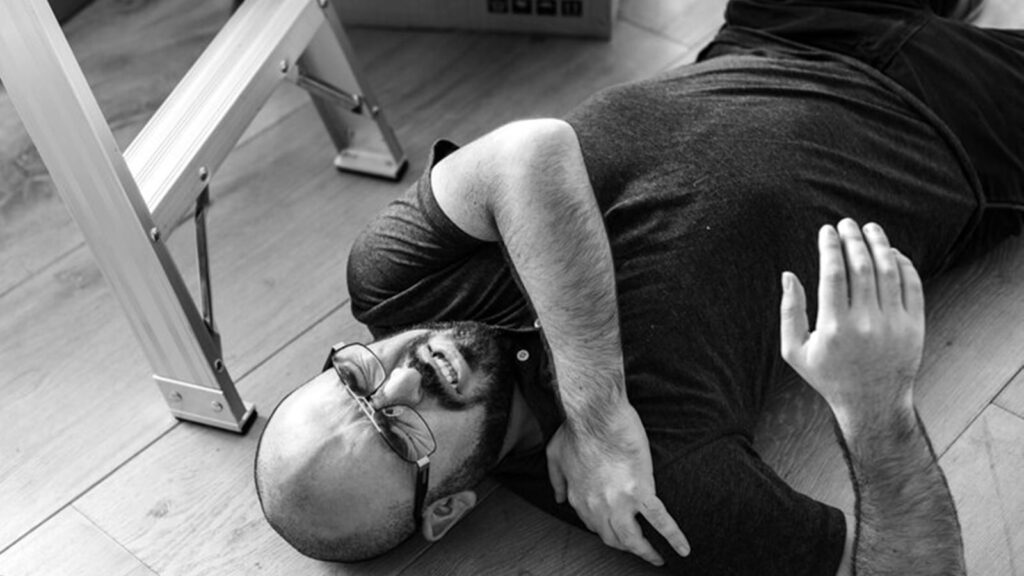970x125
Falls are one of the leading causes of injury-related deaths among older adults worldwide, with the World Health Organization (WHO) reporting that they are the second most common cause of such fatalities in individuals over 65.
970x125
However, new research from the University of São Paulo, published in BMC Geriatrics, suggests that a simple balance test could help predict fall risk before a it occurs, allowing for early intervention and prevention.
Traditional balance tests may not be enough
Currently, healthcare professionals use a four-position balance test to assess stability, requiring individuals to hold different postures for 10 seconds each. These include:
- Standing with feet parallel
- A slight staggered stance
- A heel-to-toe stance (tandem position)
- Standing on one foot
However, the new study suggests that this method may not fully capture fall risk, as it only evaluates balance for short durations rather than testing endurance over time.
 Currently, healthcare professionals use a four-position balance test to assess stability, requiring individuals to hold different postures for 10 seconds each (Source: Freepik)
Currently, healthcare professionals use a four-position balance test to assess stability, requiring individuals to hold different postures for 10 seconds each (Source: Freepik)
A new, more effective balance test
Instead of assessing multiple short-duration stances, researchers propose a more accurate and practical approach:
- Focusing only on two key stances: heel-to-toe (tandem) stance and single-leg stance
- Extending the test duration from 10 to 30 seconds
The study found that for every extra second an older adult could maintain these stances, their fall risk decreased by 5% over the next six months.
Why this matters
Dr. Rajiv Thukral, Director of Orthopaedics at Yatharth Hospital, Faridabad, emphasises that fall prevention is critical for older adults. Falls can lead to fractures, loss of mobility, and long-term complications.
Story continues below this ad
“Early detection of balance impairments is key to preventing falls. The 30-second balance test is a simple, effective tool that requires no special equipment. It allows doctors to assess stability more accurately and recommend timely interventions, such as balance training and strength exercises.”
This test could be especially beneficial for individuals with conditions that increase fall risk, such as:
- Sarcopenia (age-related muscle loss)
- Neuropathy (nerve damage affecting balance)
- Vision impairment
- Medication side effects that cause dizziness
Preventing falls: What can you do?
If an older adult struggles with the 30-second balance test, Dr Thukral recommends the following interventions:
✅ Balance training – Exercises like tai chi, yoga, or stability drills to improve coordination
✅ Strength training – Building lower-body strength to enhance mobility
✅ Vision checks – Ensuring eyesight issues are corrected
✅ Home modifications – Reducing fall hazards like loose rugs, poor lighting, or slippery floors
Story continues below this ad
When to seek medical advice
If you or a loved one experiences:
- Dizziness or unsteadiness while walking
- A history of frequent falls
- Difficulty maintaining balance
It’s crucial to consult a healthcare professional for a comprehensive fall risk assessment.
DISCLAIMER: This article is based on information from the public domain and/or the experts we spoke to. Always consult your health practitioner before starting any routine.
970x125

